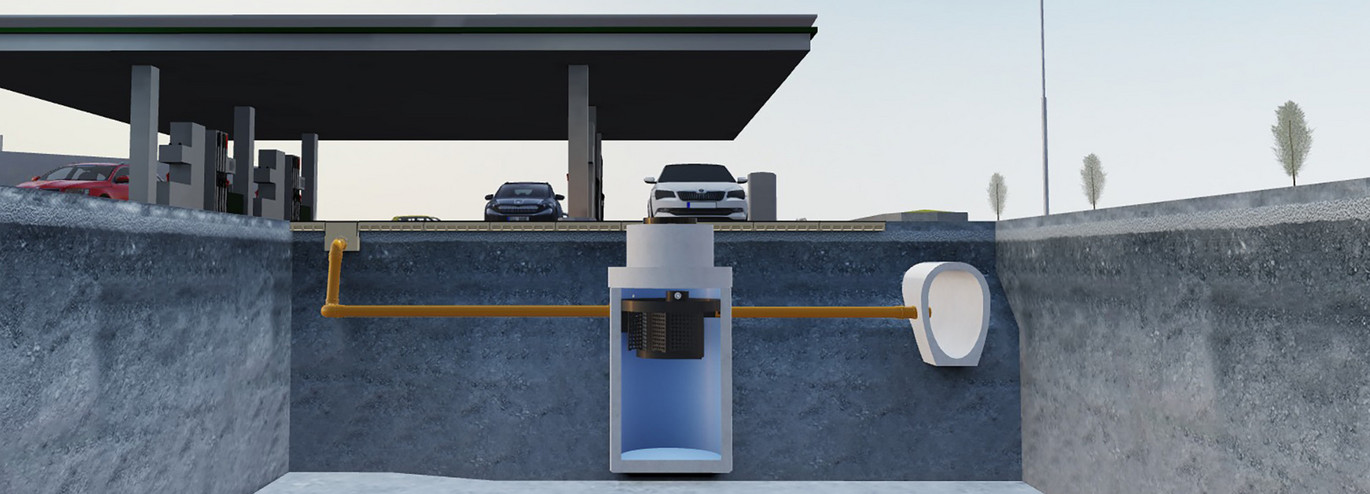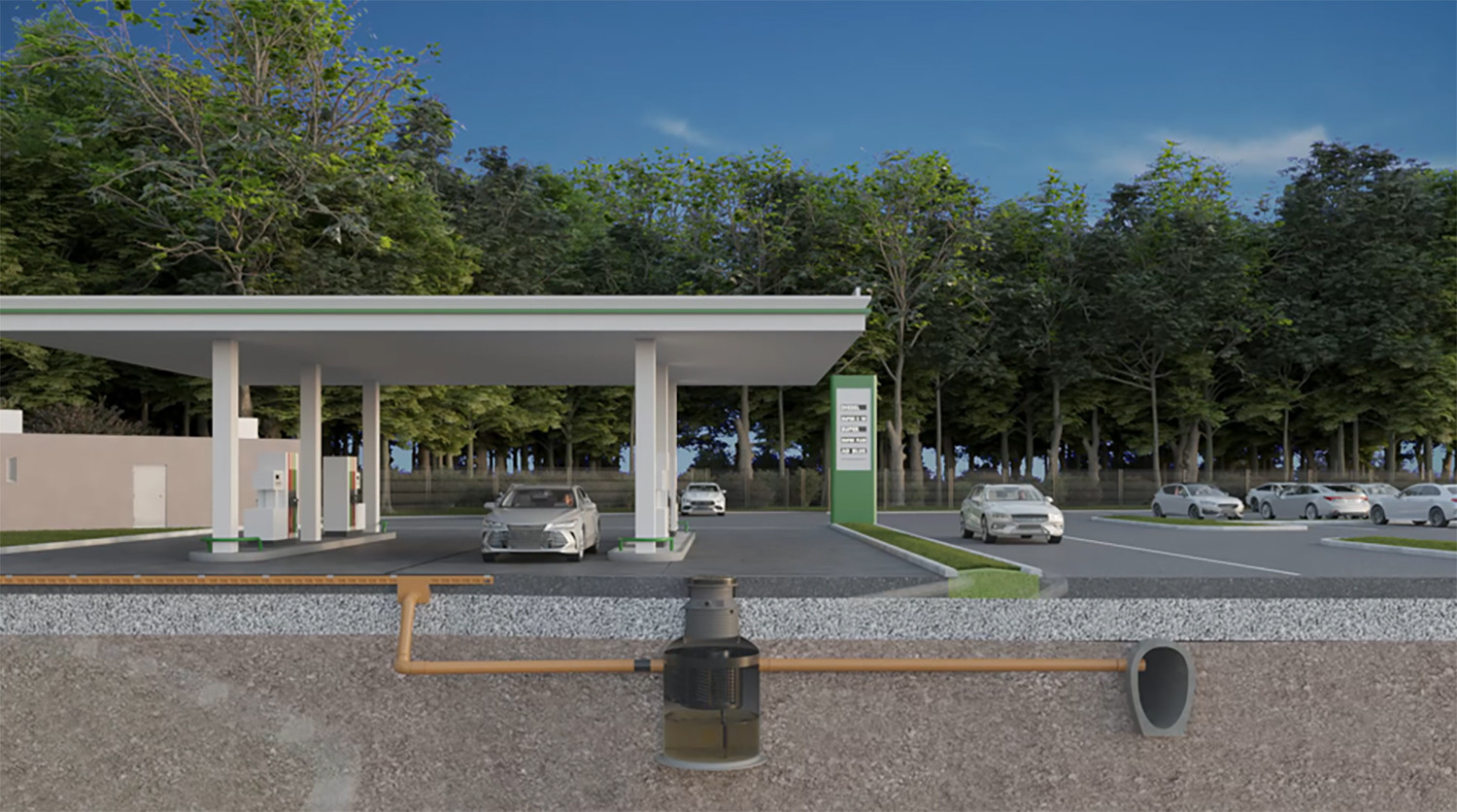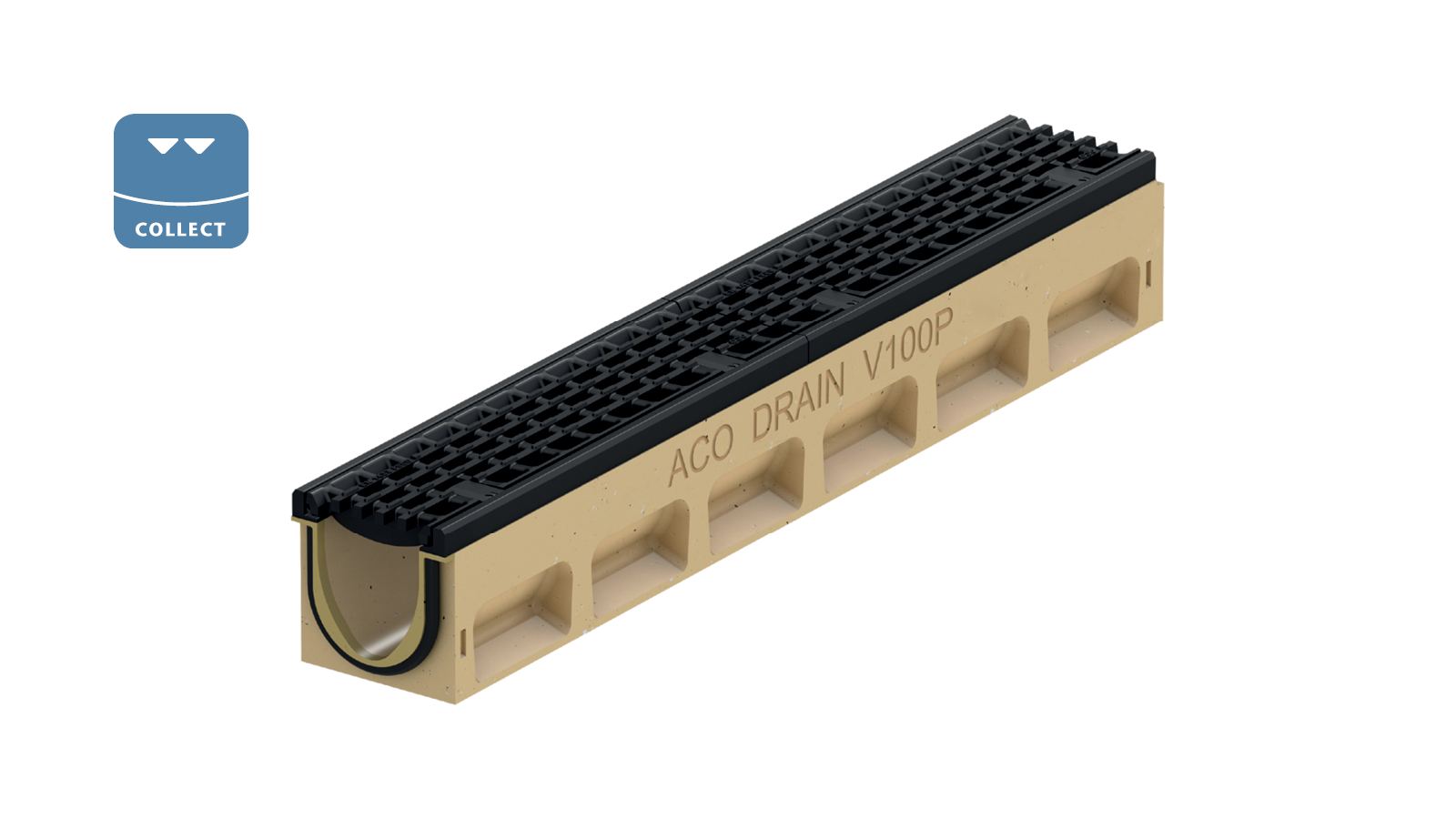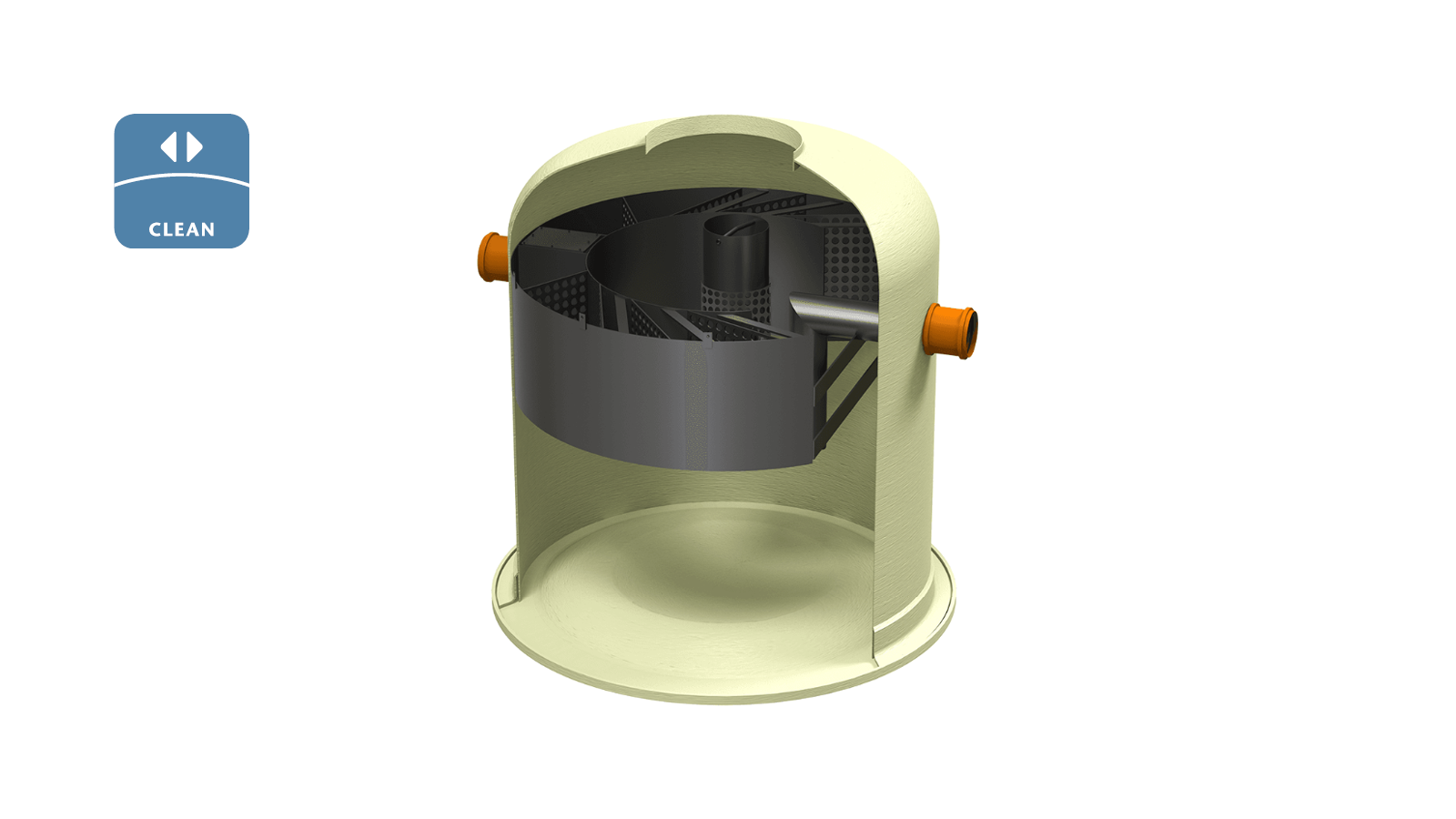

Petrol Stations
Discover ACO's EN 858 certified Light oil separators
The installation of proper drainage is paramount for the effective operation of petrol stations. It serves to prevent accidents arising from slippery surfaces due to fuel and oil runoff, ensures compliance with regulatory standards, and contributes to the durability of station infrastructure, especially under high traffic conditions.
However, ensuring environmental well-being requires comprehensive approach. Mere diversion of contaminated water from the surface is insufficient. Given current and future anticipated trends, along with prevailing regulations in many jurisdictions, it is imperative to pre-treat drained water. This is particularly crucial for light mineral oils, which pose a substantial leaking risk at fueling sites.
ACO, a dedicated provider in this sector, prioritizes product excellence and structural integrity. Our offerings undergo rigorous third-party testing, adhering to prevailing European regulations and norms, and are backed by essential certifications. This commitment minimizes the potential for pollution, assuring the ecological soundness of petrol station operations.
ACO solution for petrol stations
EN 858: European Standard for Separators Treating Light Liquids
EN 858 is a comprehensive European Standard that sets forth the criteria for the design, construction, and performance of separators used for the treatment of light liquids, such as oil and petrol. These separators play a crucial role in treating wastewater from various sources, including parking lots, roadways, and fuel handling sites, to prevent harmful environmental contamination.
ACO's commitment to environmental protection and compliance is demonstrated through their range of light liquid separators. These separators are rigorously tested by independent third parties to ensure they meet the stringent requirements set out in EN 858. By adhering to these standards, ACO ensures that its separators are effective in preventing pollution and safeguarding water quality, reflecting their dedication to environmental excellence and regulatory compliance.
The standard is divided into two key parts:
- EN 858-1 sets the design and performance criteria for light liquid separators, including size, installation, and testing, to ensure effective separation and limit environmental discharge.
- EN 858-2 provides guidelines on sizing, installing, operating, and maintaining separators, with calculations for selecting separators based on contamination risk and drainage area.


